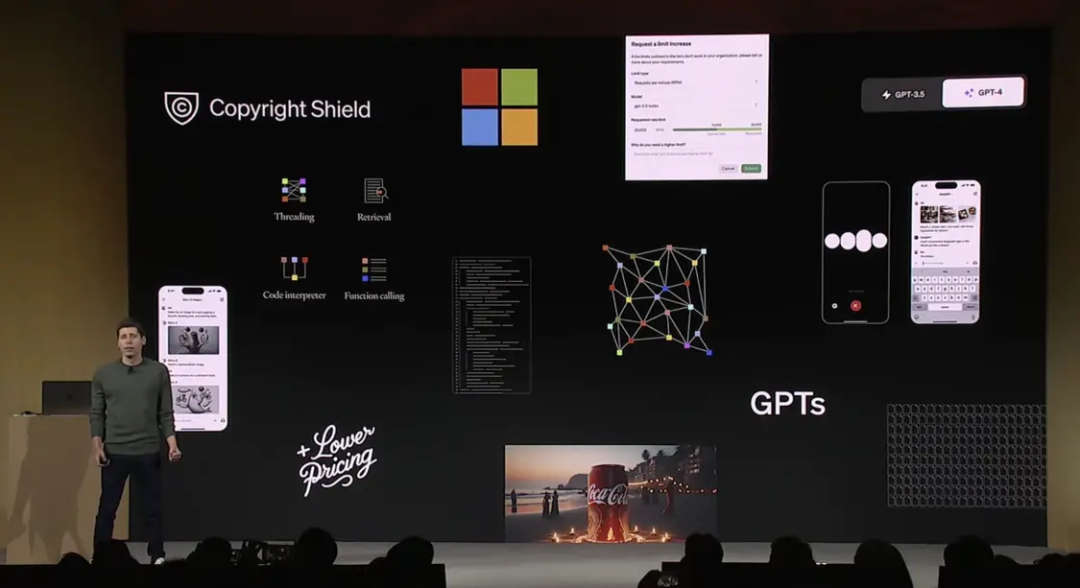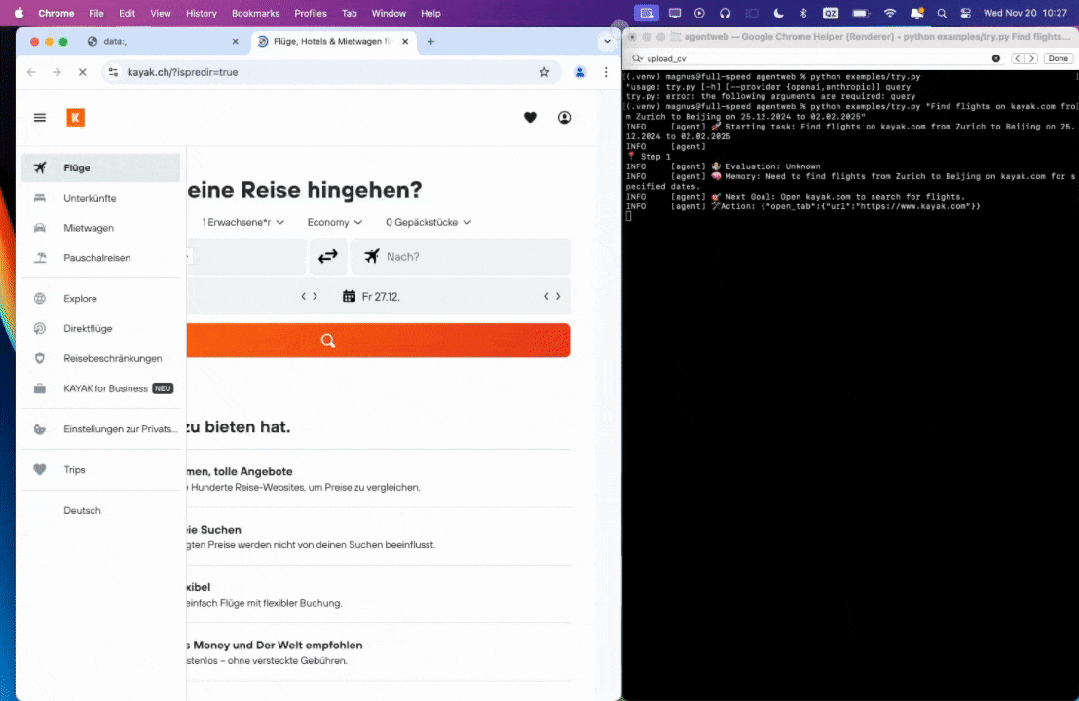The advanced version of GPTs is open source! Access and operate the browser through the large model, and the website verification code can be automatically filled in.
I don’t know if you still have an impression. The launch of OpenAI GPTs at that time can be said to have caused a sensation in the entire AI industry . It doesn’t matter if you forget. Let me review it for you.

At that time, several functions were demonstrated. Some people went to the website to view air tickets. . .
As a result, GPTs quickly withdrew from the stage of history and did not take off.
The browser-use recommended to you today is actually a bit similar to the functions demonstrated at the press conference, but it has been implemented, is stronger, and is open source.
The main function of browser-use is to access and operate the browser through the large model and execute the commands we give.
Project introduction
Browser Use allows AI agents to access and operate web browsers, improving their ability to interact with web content. This open source project simplifies the connection process between AI agents and browsers, supports multi-tab management, automatic crawling and custom actions to adapt to various network automation tasks. Supported features include visual and HTML content extraction, automatic error correction, and support for multiple language models through LangChain. Developers can also define the behavior of the AI agent through Python, enabling it to perform complex network tasks.
DEMO
1. Tip words: Read my resume and find the machine learning jobs, save them to a file, then start applying for those jobs in a new tab, and if you need help, just ask me.
2. Tip: Find flights from Zurich to Beijing from December 25, 2024 to February 2, 2025 on kayak.com.

3. Solve the verification code
1. Vision + HTML extraction: Combining visual understanding and HTML structure extraction to achieve comprehensive web page interaction.
2. Multi-tab management: Automatically handle multiple browser tags, suitable for complex workflows and parallel processing.
3. Element Tracking: Extract the XPath of the clicked element and repeat the precise LLM action for consistent automation.
4. Custom actions: Add your own actions, such as saving files, database operations, notifications, or processing manual input.
5. Self-correction: Intelligent error handling and automatic recovery ensure the robustness of automated workflows.
6. Any LLM support: Compatible with all LangChain LLM , including GPT-4, Claude 3 and Llama 2.
Project link
https://github.com/gregpr07/browser-use